From 1st of July 2014, the CE Marking of welded and fabricated structural steel products becomes mandatory in line with the requirements of the Construction Products Regulation (CPR). After this date, it will be a legal requirement for all fabricated structural steelwork sold for use in the UK and European construction projects to carry a genuine CE mark.
CE Markings for all fabricated structural steelwork
This includes products such as Masonry Support, Stone Corbels, Windposts and other welded and fabricated building components that are covered by the European Harmonised Standard BS EN 1090.
ACS Stainless Steel Fixings are proud to be one of the few manufacturers in the UK that can continue to legally supply these products to European construction sites.
This represents a major development for engineers, architects, main contractors, sub-contractors, and steelwork specialists, and it demands careful attention to the new obligations imposed.
Under the Construction Products Regulation (CPR), new legal obligations have been placed on manufacturers, distributors and importers of construction products used within the EU to use CE Marking on their products where they are covered by either a harmonised standard or European Technical Assessment (ETA). This applies not only to constituent products (such as Wall ties, Fixings etc) but also to fabricated elements and systems made from CE Marked products. In the UK, penalties for non-compliance include suspension notices, prohibition notices, notice to warn, application for future forfeiture. For certain offences, the penalties may include a fine, imprisonment or both.
The harmonised standard covering fabricated structural steelwork is BS EN 1090: Execution of steel structures and aluminium structures.
Part 1 of the standard is the Requirements for Conformity Assessment of Structural Components. It describes how manufacturers can demonstrate that the Components they produce meet the declared performance characteristics ( the structural characteristics which make them fit for their particular use and function).
Part 2 is the Technical Requirements for Steel Structures. It specifies the requirements for the execution of steel structures to ensure adequate levels of mechanical resistance and stability, serviceability and durability. It determines the performance characteristics for components that the manufacturer must achieve and declare through the requirements of part 1.
The requirements of the CPR and CE Marking apply to construction products used on a project irrespective of whether that project was designed to National Standards (e.g. BS 5950 ) or to the Eurocodes.
The link below is a directory of businesses that have achieved accreditation for various levels of FPC for Varying Execution Classes as well as ISO 9001 / 14001
http://www.steelconstruction.org/directories/steel-construction-certification-scheme-sccs.html
Beware of those companies that fail to send you their certification upon request.
Remember it is the purchasers legal responsibility to ensure they check their supplier’s credentials.
If you are in any doubt at all or have any questions relating to new laws that come into force on the 1st July 2014, please contact our Specification Team on 0113 391 8200.
Article originally published on 16th October 2018
